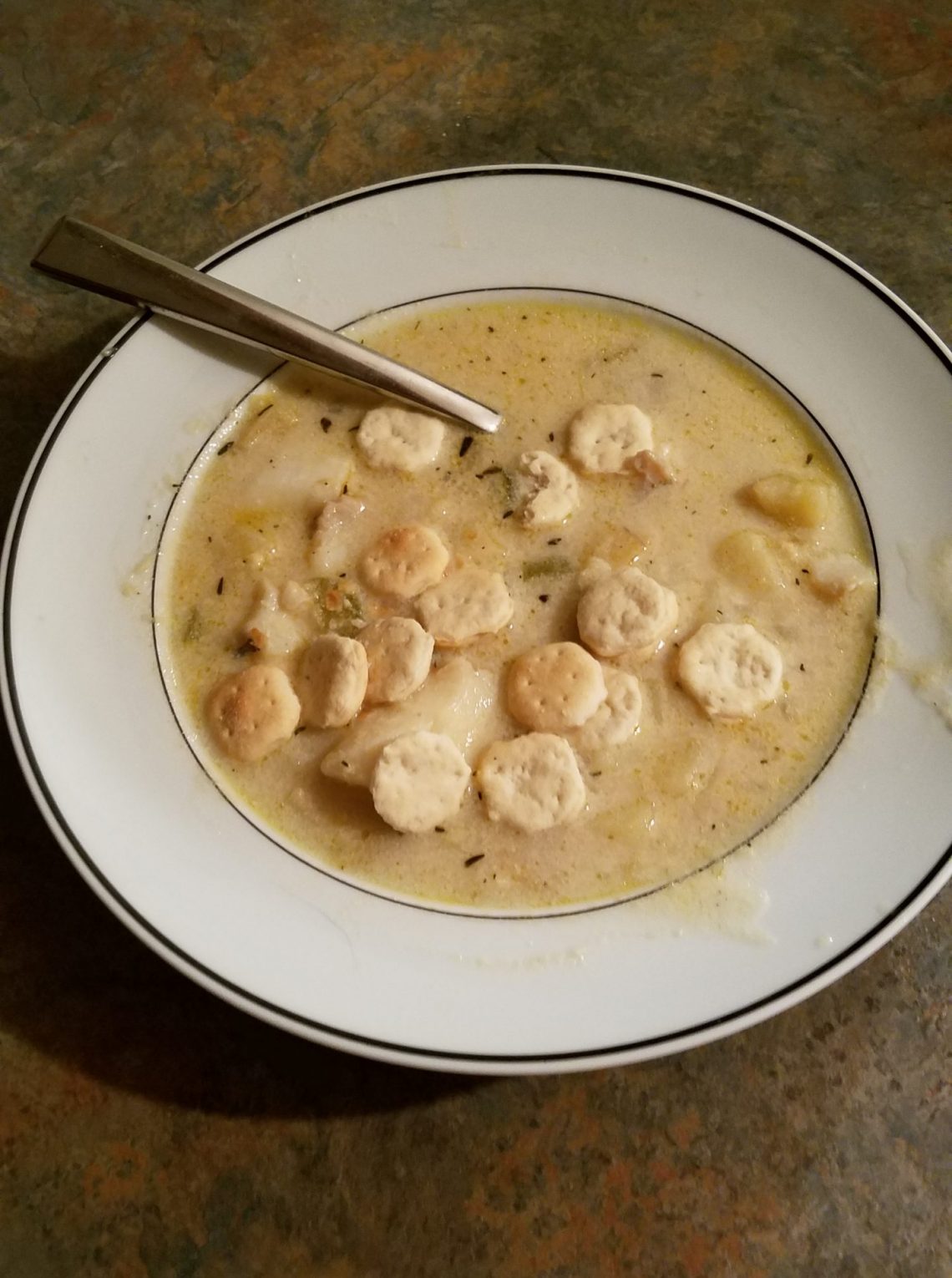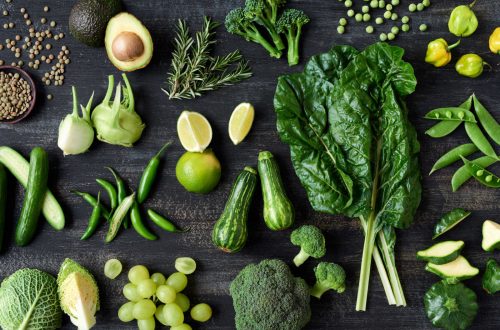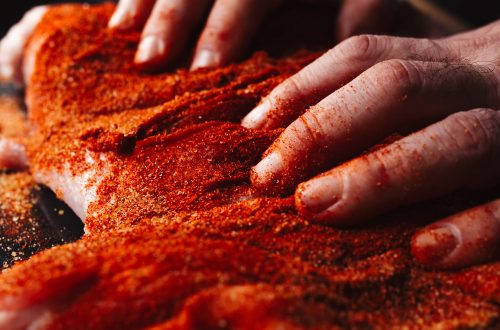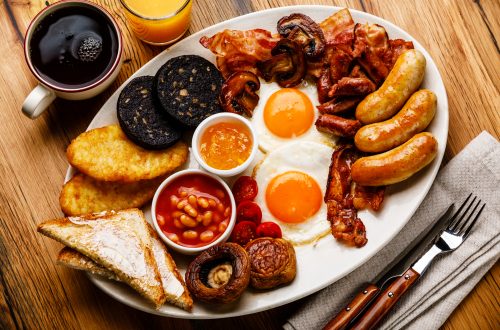
C Is for Chilly – and Chowder
It’s chowder season here in New England. After years of cooking here, I’ve come to appreciate our local specialty.
The Oxford Companion to Food points out that chowder was first cooked up in the early 1700s and is likely derived from the French word chaudière, which referred to the iron cooking pot used by the early French settlers in Canada. When the hungry French Canadians encountered the local Micmac tribe, they learned that the native people favored a soup made by placing clams and water in a hollowed-out tree and heating the soup with hot stones. That cultural trade resulted in our clam chowder. Of course, the Micmacs didn’t have potatoes. They used cattail roots and wild onions for the vegetable portion. This traditional Micmac recipe comes from the Restigouche Reserve in Quebec.
New England versus New York versus Southern versions
Chowders are, by nature, a hearty soup that usually begins with a good set of aromatics along with added potatoes or another starch. Clams and other seafood are often the protein, and milk or cream provides a creamy finish. Nevertheless, variations have spread since the first Micmac mash.
Sometimes, the cream (or milk for those who like it lighter) is limited or eliminated. In Rhode Island, cooks added tomatoes to the chowder, a version that came to be known as Manhattan clam chowder – something to be scorned by the purists to the north in a cultural breach akin to Red Sox versus Yankees or Patriots versus Jets. Let me add that when you’re buying clams to make clam chowder, canned clams can be a better choice than fresh clams that you can sometimes find at the fish market or grocery store, which tend to be tougher.
Americans have also created corn chowders, sometimes with ham or pumpkin. Then there’s Florida conch chowder, Maryland clam chowder, and Louisiana terrapin chowder. Here’s a southern U.S. curried fish chowder. South American shrimp chowder includes potatoes and cream, but starts with an aromatic mixture of tomatoes and chilies.
Fish chowder
Fish chowder is super quick and easy to make if you use a basic recipe. When I make fish chowder, I usually begin by frying some chopped bacon, then building the aromatics with diced onion or leeks, garlic and celery, and sometimes a carrot. When the aromatics are soft, I add clam juice or chicken or vegetable broth and the potatoes, then heat the mixture until the potatoes are soft. Then it’s ready for my fish of choice – usually what’s freshest. I might include some whitefish, scallops, and lobster. But you can also consider less-expensive pollock or flounder or what we used to call trash fish for an interesting meal such as this grenadier chowder.
Here’s a Basque recipe for porrusalda, a leek, potato, and cod chowder that includes bacalao, the Basque smoked cod. And you don’t need to be wedded to potatoes or other starch component. After all, the Micmacs used cattail roots. I’m planning to try this clam and white bean chowder next.
No matter your approach, you can keep warm and be assured of a satisfying meal. What’s your favorite chowder? To comment, please click on “Read in Browser” or on the headline to view the blog on the website. You can log in and comment at the end of the blog to share your thoughts and start a discussion.
If you’d like to share the blog, click on the Facebook icon or one of the others. Thanks





One Comment
Tom Stites
Great Micmac anecdote, great post, and useful.